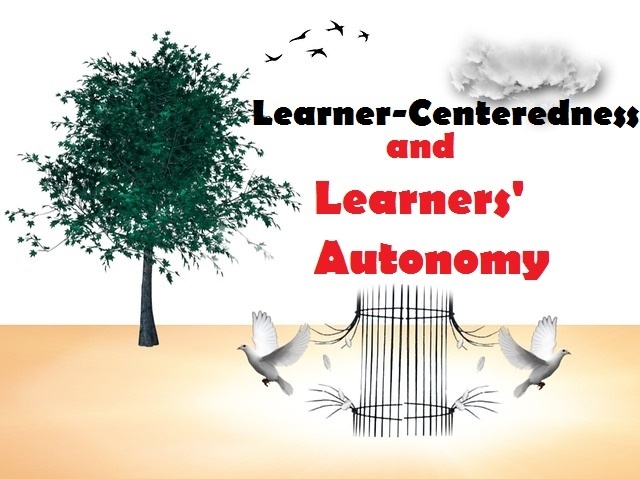What do Super Mario, board games, card games, and teaching have in common? They all provide opportunities for fun, engaging experiences through play. Game-based learning taps into this by using games to reinforce content, give feedback, assess understanding, and help students apply concepts.
The power of game-based learning lies in how playing games releases dopamine, which helps the brain form new synapses. It can take many forms, from digital games to board or card games, or even whole-group and small-group activities.
In my classroom, I use tech-based game platforms because they make it easy to collect and analyze data. Apps like Kahoot, Quizizz, and Blooket automatically generate reports and graphs that give insight into both individual and whole-class performance. This kind of detailed feedback is something non-digital options don’t typically offer. Plus, using technology helps students practice skills they’ll need throughout life.
When I taught third grade, I regularly used game-based learning tools to assess students, review material, and provide instant feedback. With a one-to-one device ratio, I made sure students were comfortable using their devices, logging in independently, and navigating to activities through Google Classroom. This foundation is key to ensuring game-based learning runs smoothly.
To set students up for success, it’s important to give clear instructions for using the games, and even model the gameplay. I often demonstrated how to navigate the tools using my interactive whiteboard, which helped students understand the process. This was also the time to establish expectations for handling technology properly, such as how to use devices, hold them, and return them to the storage area. It may seem like a lot of prep work, but in the long run, it saves time and allows you to use the tools repeatedly throughout the year.
In my third-grade classroom, I frequently used Kahoot and Blooket. Both platforms allow for content review and provide immediate feedback on student responses, helping correct any misconceptions right away. A favorite activity was using Blooket for reviewing fractions and math facts—my students loved it so much they’d ask for more math reviews. I even joined the games, and they got a kick out of trying to beat my score, pushing them to use their math skills even more.
When I taught kindergarten, the process was a little different. Since the students were younger and less familiar with technology, I spent more time teaching them how to navigate devices. With iPads, which are more intuitive for younger kids, I introduced them to apps by showing pictures and sometimes pre-loading the apps on their devices. Again, direct instruction and modeling were essential. My kindergarteners loved using Quizizz on the iPads for practicing rhyming and decoding CVC words, where I relied heavily on images to support their learning.
For whole-group activities, I turned to JeopardyLabs. I used it to review math facts and sight words, and the kids loved taking turns tapping the screen to select questions. When Chromebooks were available, but not enough for everyone, I set up team activities using Kahoot, which worked well for reviewing phonics and shapes.
I also consider the SAMR model when choosing technology for my classroom, making sure the tools I select not only engage students but also transform and enhance learning activities. Another important factor is cost. I appreciate free platforms like Kahoot, Blooket, and Quizizz, which offer valuable learning experiences without extra expenses.
Whether you’re an experienced teacher or just starting out, game-based learning can be a powerful tool for engaging students and designing meaningful lessons. With a bit of preparation and reflection, you can easily bring the joy of game-based learning to your classroom.







